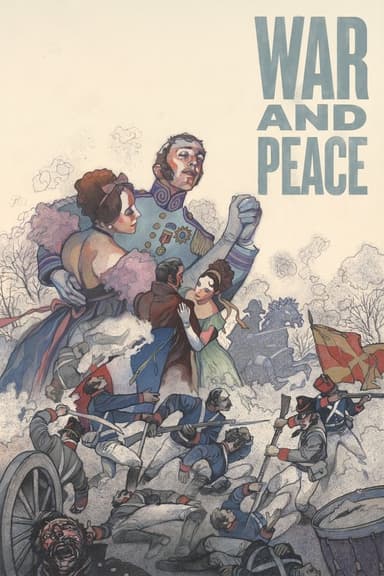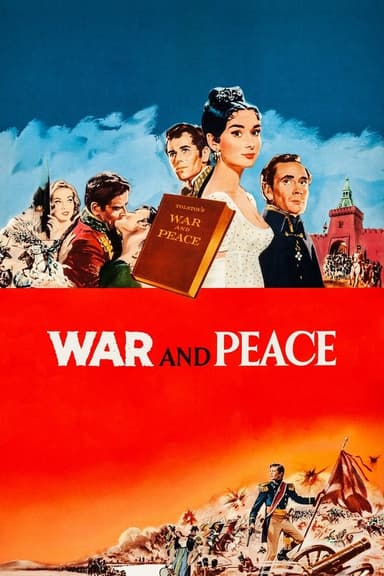
Anna Karenina
2012 • Drama, History, Romance • R
In Imperial Russia, Anna, wife of the officer Karenin, goes to Moscow to visit her brother. On the way, she meets charming cavalry officer Vronsky, to whom she's immediately attracted. But in St. Petersburg’s high society, a relationship like this could destroy a woman’s reputation.
Runtime: 2h 10m
Why you should read the novel
Leo Tolstoy's 'Anna Karenina' is an unparalleled masterpiece that dives deep into the complexities of love, fidelity, and societal pressures. The novel gives readers intimate access to the hearts and minds of its unforgettable characters, unlocking layers of emotional depth that no film can fully capture. Through evocative prose and rich character development, Tolstoy creates a vivid tableau of Russian society that rewards every reader with insights into humanity and the choices we make.
Reading the novel allows you to experience its intricate subplots, philosophical reflections, and the full breadth of its Russian setting—elements often compressed or omitted in film adaptations. The book’s narrative scope and psychological realism offer a far deeper immersion into Anna’s tumultuous world and the reasons behind her tragic fate. Every twist and turn of the story resonates more powerfully on the page thanks to Tolstoy’s carefully constructed prose and attention to detail.
By choosing the novel over the movie, you engage directly with Tolstoy’s original intentions and literary genius. You’ll discover nuanced moral dilemmas, multifaceted relationships, and a moving exploration of happiness, suffering, and societal judgment. Experience the tragedy and triumph of 'Anna Karenina' as Tolstoy first envisioned, and connect with a classic that has moved readers for generations.
Adaptation differences
The 2012 adaptation of 'Anna Karenina' is notable for its bold theatrical presentation, staging much of the story as if on an actual theater set. This deliberate artistic choice contrasts starkly with the novel’s richly detailed realism and expansive settings, altering how viewers experience the world and characters. While Tolstoy immerses the reader in the vastness of Russian society, customs, and countryside, the film’s stylized approach compresses these elements, focusing on visual spectacle over environmental nuance.
Additionally, the film condenses and simplifies many of the characters’ backgrounds and subplots. In the novel, figures like Levin and Kitty are given extensive attention, providing a counterpoint to Anna’s story and exploring larger philosophical questions about love, faith, and rural life. The movie, however, streamlines their arcs in order to highlight the main romantic and tragic plotlines, leaving out the depth and subtlety of their journeys seen in Tolstoy’s text.
The internal monologues and intricate psychological depth that make Tolstoy’s novel so compelling are also lost in transition. Where the book allows readers to understand Anna’s motivations, fears, and gradual descent through thoughts and inner dialogues, the film must rely on visual cues and actor performances. This means audiences may interpret Anna’s actions differently, and the layered complexity of her character can feel flattened.
Lastly, important themes such as social hypocrisy, spiritual searching, and family dynamics receive more nuanced treatment in the book. While the film tries to capture these elements, its limited runtime and artistic style lead to omissions or abridged versions of key scenes. As a result, the adaptation offers a visually memorable—but necessarily incomplete—glimpse into Tolstoy’s multifaceted exploration of love, duty, and society.
Anna Karenina inspired from
Anna Karenina
by Leo Tolstoy






